
Dear visitor,
This page is a report of the visits made on Conchylinet during year 2009. It has been performed thanks
to XiTi free audience measurement solution for personal websites.
It is split into 3 sections:
Section 1 is about visits analysis (evolution and sources),
Section 2 is about the geographical origins of visitors,
Section 3 is about the pages and sections that are loaded by visitors.
In 2009, Conchylinet received 3840 visits (3 times more than 2008). The number of visits increased slightly during the year.
70% of the visits (2622) came from search engines.
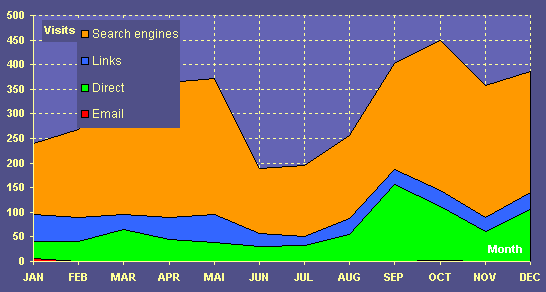
Figure 1: Evolution visits sources during 2009
Quite a lot of visits (770) came from direct access, this is an indicator on how bookmarked the site is.
Then the visits come from links into other websites (437) and the last from from links inside emails (11 only).
However a very large number of visitors (2241) did not stay on the website visiting only one page. This is
about 60% of them. It can be explained by visitors coming from search engine but not finding what they were looking for
(e.g. people looking to know about shell structure but rather for weapons making purpose than mollusc shell knowledge, about 350
visitors arrived on Conchylinet looking for that...).
Let's have a deeper look at what people coming to Conchylinet are aiming at with search engines.
In 2009, the top 50 keywords typed were:
| search string | visits | % | search string | visits | % | |
| bivalve | 220 | 8.4 | seashells collection | 6 | 0.2 | |
| bivalves | 164 | 6.3 | sea shells classification | 6 | 0.2 | |
| shell structure | 154 | 5.9 | seashells | 6 | 0.2 | |
| shell+structure | 141 | 5.4 | infralittoral | 6 | 0.2 | |
| monoplacophora | 71 | 2.7 | structure shell | 6 | 0.2 | |
| gastropoda | 68 | 2.6 | seashells identification | 6 | 0.2 | |
| bivalve shell | 48 | 1.8 | bivalve structure | 6 | 0.2 | |
| bivalve+shell | 44 | 1.7 | bivalve+shells | 5 | 0.2 | |
| polyplacophora | 40 | 1.5 | seashells mauritius | 5 | 0.2 | |
| cephalopoda | 28 | 1.1 | seashell biology | 5 | 0.2 | |
| struktur shell | 27 | 1 | lutraria rhynchaena | 5 | 0.2 | |
| conchylinet | 25 | 1 | encyclopedia of marine gastropods alain robin | 5 | 0.2 | |
| classification of seashells | 18 | 0.7 | mollusc ecology | 5 | 0.2 | |
| seashell classification | 16 | 0.6 | bivalve shells | 5 | 0.2 | |
| classification of sea shells | 15 | 0.6 | encyclopedia of marine gastropods | 5 | 0.2 | |
| european seashells | 15 | 0.6 | gliemeži | 5 | 0.2 | |
| shell+structures | 14 | 0.5 | scaphopoda | 5 | 0.2 | |
| bivalvia | 13 | 0.5 | compendium of seashells | 5 | 0.2 | |
| seashells classification | 12 | 0.5 | etage supralittoral | 5 | 0.2 | |
| intertidal+zone+world+map | 10 | 0.4 | interactive plates | 4 | 0.2 | |
| structure+shell | 9 | 0.3 | tellina albinella | 4 | 0.2 | |
| mollusc anatomy | 9 | 0.3 | mitra ebenus | 4 | 0.2 | |
| gibbula cinerea | 7 | 0.3 | cassidaria tyrrhena | 4 | 0.2 | |
| shell structures | 7 | 0.3 | struktur+shell | 4 | 0.2 | |
| siphonaria normalis | 6 | 0.2 | classification+of+sea+shells | 4 | 0.2 |
A lot of strings are still off Conhylinet topics (the famous shell structure queries but others like monoplacophora as I have no data
about this order yet, cephalopoda are very poorly represented in Conchylinet, etc.).
More query about a specific specie displayed on Conchylinet are displayed within this top 50 words (gibbula cinerea, lutraria rhynchaena, etc.)
and into the whole range of search engine keywords, that's about 600 visits coming from specie name queries.
A good point is that the range of visitors is worldwide as illustrated on the map below.
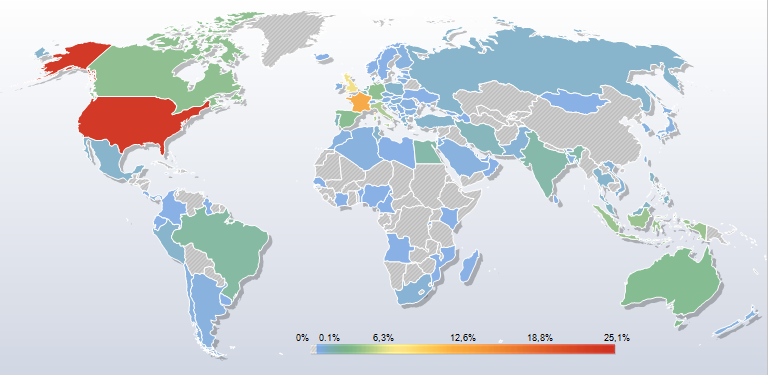
Figure 2: World map of 2009 visitors
The TOP 20 visiting countries is:
| Country | Visits | Country | Visits | |
| USA | 947 | Brazil | 80 | |
| France | 496 | India | 67 | |
| UK | 276 | Egypte | 64 | |
| Italia | 160 | Belgium | 60 | |
| Indonesia | 137 | Netherlands | 56 | |
| Germany | 115 | Portugal | 52 | |
| Canada | 114 | Iran | 44 | |
| Spain | 105 | Malaisia | 41 | |
| Mauritius | 99 | Philippines | 39 | |
| Australia | 90 | Poland | 33 |
As a lot of visitors of come from USA (945) and Europe (1575), the maps below illustrate the origins of visitors inside each of these regions
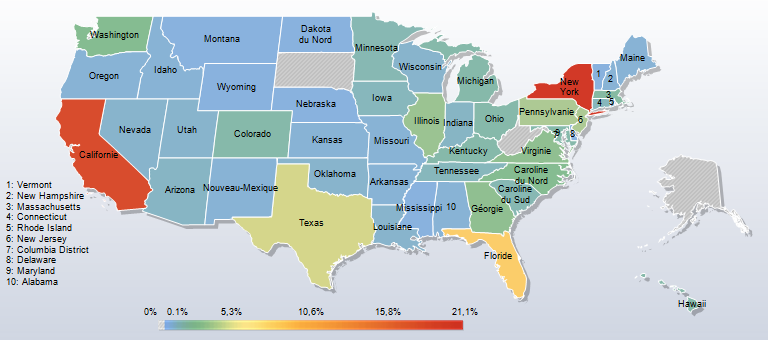
Figure 3: map of USA visitors
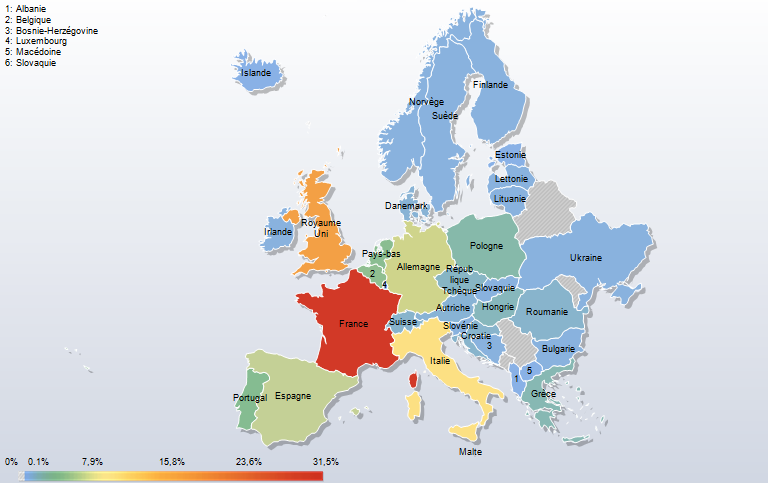
Figure 4: map of European visitors

Figure 5: Seashells generals sub-section pages loaded
Now let’s have look at what people are browsing when on Conchylinet. The criteria to measure that is the loaded pages number (total page loaded is about 25 800 in 2009). Lets start with the main sections:
| Section | Nb pages loaded |
| Homepage | 2 292 |
| News and Updates | 508 |
| Seashells generals | 4 597 |
| Collecting | 1 201 |
| The Collection | 15 717 |
| Collecting Sites | 670 |
| References | 806 |
As the seashells generals section is well visited, let’s have a look at the sub-sections that are read.
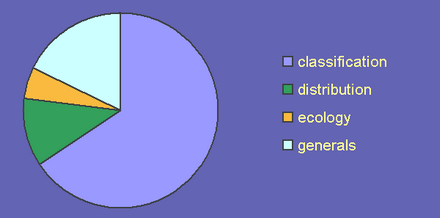
Figure 5: Seashells generals sub-section pages loaded
A lot of visits are aimed at classification pages, however Conchylinet has a very poor information on this subject and it will be one of the next major update of the site : giving an interactive tool to the visitor to enable him to browse the sea-mollusc classification with general data and illustration.
This is again the most visited part of Conchylinet. The graph bellows illustrates the use evolution of the Collection sub-sections.

Figure 6: Collection sub-section pages loaded
The Collection section is dominated by the Interactive plates page loads, which is good as
this is the main and most interesting feature of Conchylinet. Today, if a visitor want to view the whole online collection
(with the default configuration), he will browse 54 different plates.
Note that Conchylinet monitors the specie popup page since March 2009 which explains the brutal increase of loads for this page.
written on 2010-02-27